Holiday at Philips
“Holiday? No, we didn’t really have holiday,” former Philips employees told the in-house publication Philips Koerier back in 1954. “Holiday was something for the privileged few. For the rest of us it was out of the question. Sundays, that’s when we had time off. And also when the fair came to town, although we didn’t get paid on those days.
”Paid holiday that employees could take whenever they chose did not exist when Philips & Co was first founded. In the early 20th century a normal working day lasted 10 hours. People worked on Saturdays too, so a working week amounted to 60 hours. Employees were not required to work on Sundays or on official Christian festival days, however, and in Eindhoven the saints days were also celebrated. Other days off were when the fair came to town, during carnival and on ‘patron’s day’, when all of the factories and workplaces were closed. Not all employees were happy about having so many days off, especially not if it meant they lost pay. The rules and regulations governing employees in the factories at Philips & Co (‘Reglement voor de werklieden op de fabrieken der firma Philips & Co.’) stated that on days off Philips would pay its employees for half of the hours they normally worked. In some cases it was possible to request overtime in order to make up for lost wages.
Occasionally Philips also organized outings for the personnel – twelve horse-drawn vehicles would take them to see a circus performance in Tilburg, for example, or to the Barnum & Bailey circus in Den Bosch. In 1902 a group of employees visited the Industrial and Commercial Exhibition in Düsseldorf, Germany. On 12 June, 1907, the weekly newspaper Peel en Kempenbode reported: “On the evening of 11 June, 1907, some 400 male and female Philips employees traveled by tram to Helmond to watch a Carré performance. This was made possible thanks to the kindness of Messrs Philips, who had already frequently shown how much they cared about their employees.” Not many employees had the means to travel places by themselves. A daytrip to the zoo or the beach was a special event.
On 25 November, 1918, Philips introduced the 8-hour working day without any reduction in wages. Employees were also no longer required to work on Saturday afternoons. And, what’s more, every employee was entitled to at least three days of paid leave. And from that point onwards Philips paid the employees’ wages in full on official Christian holidays. Two years later a holiday system was introduced with varying levels of holiday entitlement. Extra days of holiday in addition to the standard three days of factory holiday were allocated on the basis of years of service, age and job grade. These additional days had to be taken as consecutive days, however.
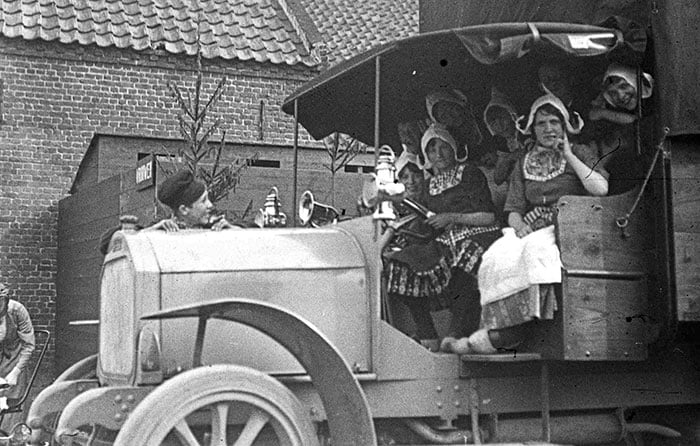
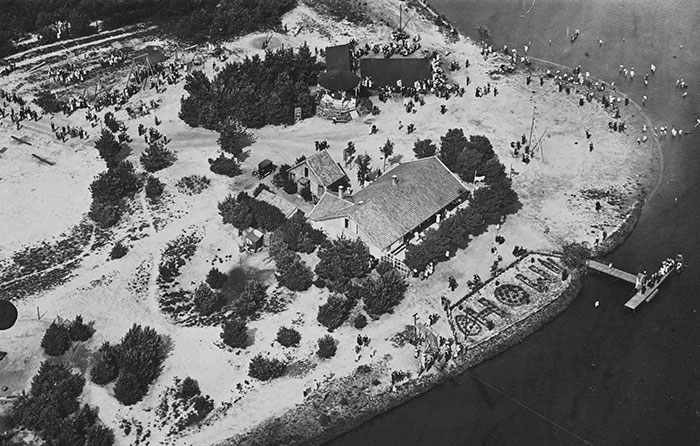
Relaxation during the three-day factory holiday at Molenheide, located between Geldrop and Mierlo. Copyright: Royal Philips / Philips Company Archives.
In 1921 a fund called the Philips-de Jongh Ontspanningsfonds was set up. Initially, the fund’s focus lay primarily on organizing recreational activities during the three-day factory holiday, which coincided with the Eindhoven fair. The fund organized bicycle tours and walks in the local countryside, as well as big family trips, for example to the IJzeren Man swimming pool in Weert. The employees were taken there in 10 or 12 trucks. Sometimes extra trams were put on to take them to “Molenheide”, a more local beauty spot, which lay between Geldrop and Mierlo. At the sports ground in Eindhoven (and later on at Molenheide too) a massive party was held for families, with clowns, music, all sorts of competitions and a puppet show. In 1924 a ticket for one of these events at Molenheide cost 30 cents, including the tram ticket. Half of the ticket price was refunded to anyone who cycled there instead of using the tram.
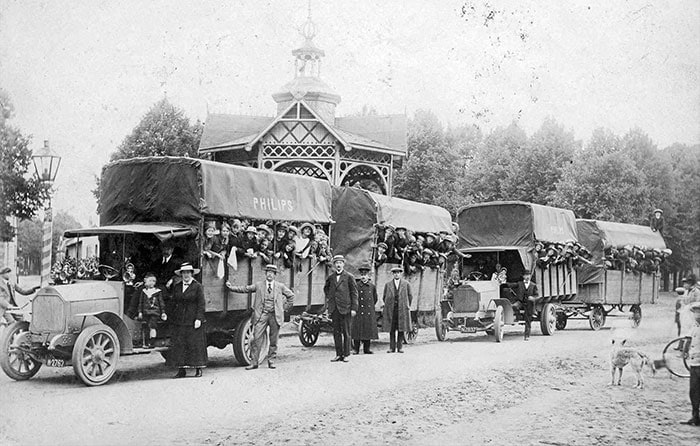
With effect from 1 January, 1929, Philips included two catholic holidays as days off for the employees: 15 August [Ascension] and 1 November [All Saints Day]. This increased the standard number of factory days of holiday to five. If one of these days fell on a Sunday, the employees were given another day off instead. If an employee had to work on one of the days of factory holiday, they were allowed to take a day off in lieu at a later point in time.
The Philips-de Jongh Ontspanningsfonds encouraged various types of recreation through sport, bicycle rides, countryside walks, camping and also trips to places outside the city and the region. According to a report in the Meierijsche Courant newspaper, in 1929 Philips put on company trains free of charge to take employees on daytrips or short stays, for example to The Hague, Arnhem, Utrecht or Valkenburg. The employees were also given free guidebooks with all manner of tips to help them enjoy their stay at their chosen destination.
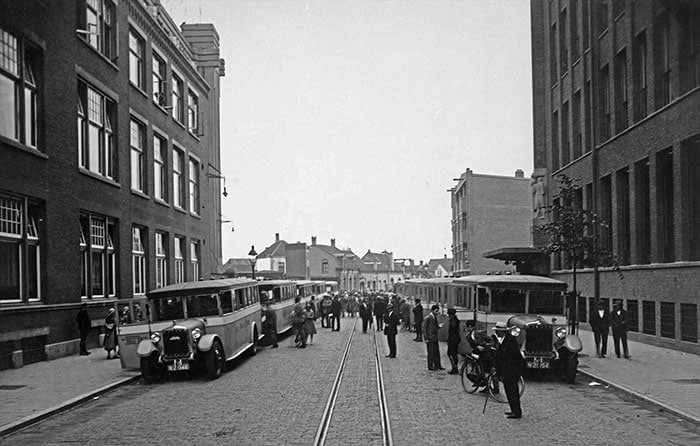
The Philips-de Jongh Ontspanningsfonds encouraged travel clubs set up by the employees and supported any trips or tours that they organized by providing subsidies or supplying camping equipment in return for a small fee. Later on, a savings bank book was made available to travel groups in each organizational unit to enable members to save up money to pay for their trip. The Philips Travel Club (Philips Reisvereniging), which was set up in 1952, was also a great success. Several hundred employees joined the club on the very first social evening. Membership cost 2.50 Dutch guilders a year. The aim of the club was to enable the personnel to travel to foreign countries for their holidays.
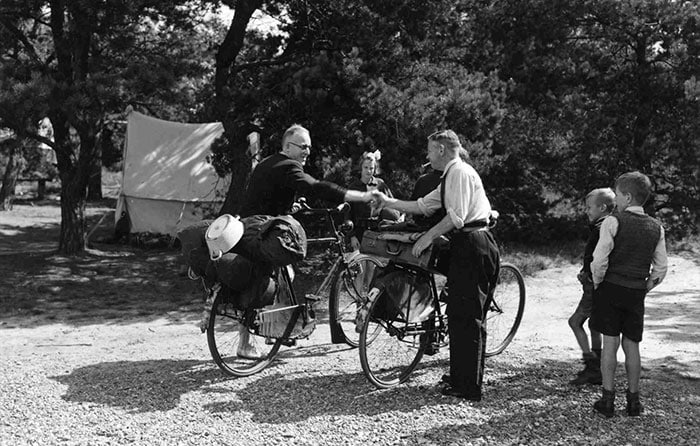
Many Philips employees liked to spend their holidays at the Philips recreation center in Someren, which was set up in the 1940s. The demand for summer houses in the countryside was so high that Philips also offered employees the opportunity to go to summer houses at other recreation centers in Ouddorp aan Zee, Dwingeloo, Doorn and Ermelo. Many people were disappointed when Philips announced it was going to stop arranging summer houses in the Netherlands and other countries, and intended to place the recreation center under new management. Times had changed and this venture was no longer viable. It had become much easier for individual employees to travel on their own to spend their holidays in the Netherlands or in foreign countries, and as a result there was less demand for the trips and stays organized by the Ontspanningsfonds.
In 1946 Philips increased the standard holiday entitlement to twelve days, and in so doing led the way in the Netherlands. The company also paid employees an extra sum of money in addition to the days of paid leave. Without this extra ‘holiday pay’ most people would not have been able to afford to go on holiday. Six of the twelve days were made up by the collective factory holiday week, which tended to coincide with the Eindhoven fair (end of July, beginning of August). Apart from the office departments and a few repair workshops, the entire company was shut down during this week. The factory workers also had two collective days off, on 15 August and 1 November.
In 1946 three extra days of annual holiday were allocated to employees who had served at the company for 12½ years (this ceased to be the case in 1971). Employees with 25 and 40 years of service were entitled to one extra week of holiday. This had already been the case prior to 1946. (Today they get 1 extra day of holiday). Employees who came to Philips straight from school were also entitled to an extra week of holiday in order to ease the transition from the long school holidays to the much shorter annual leave when they started work. This extra week was granted on condition that it was spent in a youth holiday camp that was organized by a youth organization. This condition ceased to apply with effect from 1 January 1970.
The number of days of holiday rose gradually and when the five-day working week was introduced on 1 January 1961, Saturdays also became a day off. In 1971 days of holiday were streamlined at Philips for those employees who were covered by the Philips Collective Employment Agreement (CAO). Holiday entitlement was no longer determined on the basis of years of service and job grade. In 1988 the special treatment of employees below the age of 18 also ceased.
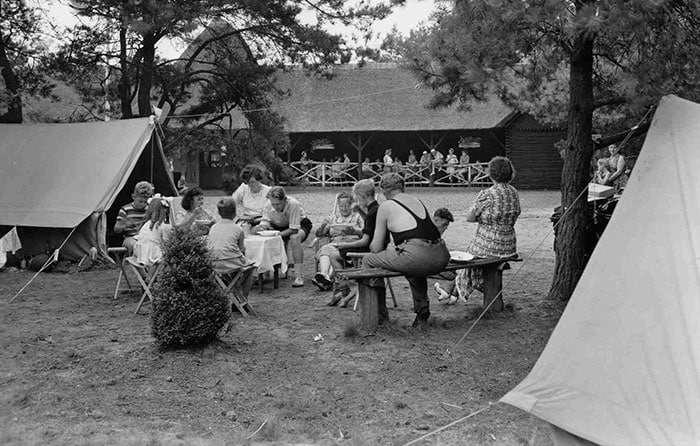
Today, in addition to the standard 25 days of annual holiday, all Philips employees in the Netherlands are entitled to purchase a number of days off (up to a maximum of 20 for full-time employees). Employees are also entitled to take a three-month unpaid sabbatical once every three years. In addition to this, Philips allows employees to take Personal Development and Care Days (up to a maximum of 5 days) . These days can serve as a break and can be used to attend a course or to care for a child or close relative. Employees are free to choose the type of course they attend.
PCA/MLe/May 2022
Copyright: Royal Philips / Philips Company Archives.

